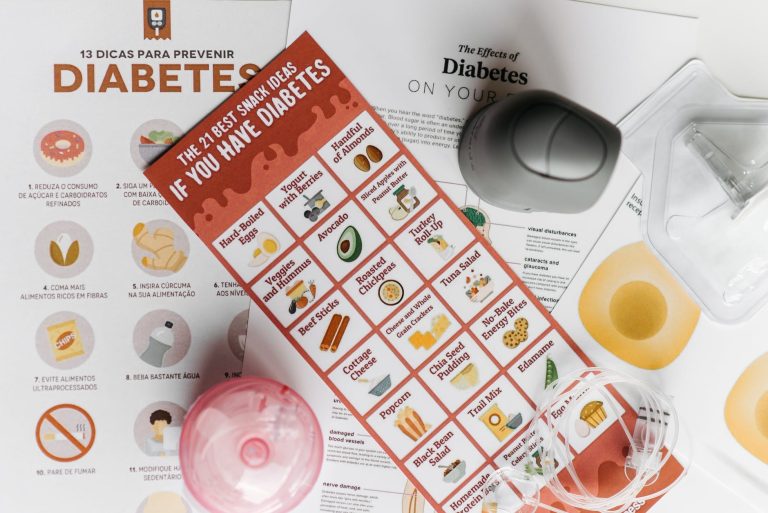The 2008 financial crisis can be summed up as follows: banks believed that giving out loans with poor due diligence to shitty lenders was basically free money.
Then Affirm comes along and says, “Hold my beer”.
Affirm’s business model is simple. They allow you to make online purchases without having to pay upfront. By integrating with e-commerce platforms they make using their service seamless, which is great for their top-line. However, as we learnt from 2008, aggressively giving out loans isn’t free money. It’s a time-bomb.
The Data
Let’s look at the data. A loan is considered delinquent if it is past due by more than 30 days. Here are Affirm’s delinquency rates. Some data is unavailable.
| Q1 ’20 | Q2 ’20 | Q3 ’20 | Q4 ’20 | Q1 ’21 | Q2 ’21 | Q3 ’21 | Q4 ’21 | |
|---|---|---|---|---|---|---|---|---|
| Delinquency Rates | – | 3.30% | – | 2.40% | 2.50% | 4.00% | 5.30% | – |
| Stimulus Cheques | – | $1200 | – | $600 | $1400 | – | – | – |
Delinquency rates went down for Affirm between Q2 of 2020, and Q4 of 2020, and remained somewhat stable in Q1 2023. This was when people lost their jobs. So how were they paying back their loans? Stimulus cheques, of course. Once the cheques stopped Affirm’s share of bad loans started to spike, going from 2.4% to 5.3% in just 6 months.
Note that this number denotes delinquent loans as a % of loans held. It doesn’t refer to the number of shitty loans taken up during the period. Think of it this way: you have 10 apples, but 2 of them are rotten. Your rotten rate is 20%. Next day you get 10 more apples, of which 4 are rotten. Your rotten rate is now 30% (which is only about 50% higher than yesterday, even though you took on 100% more rotten apples today).
So, am I saying that the American economy is going to explode in an orgy of unpaid-for Lululemons bought by people who don’t understand what debt is? I was hoping to find a similar trend in delinquency rates for credit card debt, but what I found was surprising:
| Q1 ’20 | Q2 ’20 | Q3 ’20 | Q4 ’20 | Q1 ’21 | Q2 ’21 | Q3 ’21 | Q4 ’21 | |
|---|---|---|---|---|---|---|---|---|
| Delinquency Rates (Affirm) | – | 3.30% | – | 2.40% | 2.50% | 4.00% | 5.30% | – |
| Delinquency Rates (Banks) | 2.66% | 2.43% | 2.02% | 2.11% | 1.85% | 1.58% | 1.57% | – |
* Source: https://fred.stlouisfed.org/series/DRCCLACBS
In the time that Affirm’s delinquency rates went from 2.4% to 5.3% (an increase of 120%) banks saw their delinquency rates go down from 2.11% to 1.57% (a decrease of 25%). People are paying their personal debts. Just not to Affirm.
Here’s a table that might explain why the delinquency rate went up for Affirm:
| Q1 ’20 | Q2 ’20 | Q3 ’20 | Q4 ’20 | Q1 ’21 | Q2 ’21 | Q3 ’21 | Q4 ’21 | |
|---|---|---|---|---|---|---|---|---|
| Delinquency Rates (Affirm) | – | 3.30% | – | 2.40% | 2.50% | 4.00% | 5.30% | – |
| Credit score > 96 | – | 71.04% | – | 74.69% | 71.22% | 66.20% | 62.88% | – |
| Credit score < 90 / no score | – | 0.26% | – | 0.31% | 0.58% | 0.66% | 0.90% | – |
My educated guess: Affirm is taking on riskier loans to grow the top-line, and it’s starting to go south. Stimulus cheques delayed the fall.
My scandalous guess: Affirm is trying to grow the top-line at all costs to keep the share prices inflated, allowing executives and investors to make an exit before their retail shareholders learn to read financial statements.
| Q1 ’20 | Q2 ’20 | Q3 ’20 | Q4 ’20 | Q1 ’21 | Q2 ’21 | Q3 ’21 | Q4 ’21 | |
|---|---|---|---|---|---|---|---|---|
| Delinquency Rates (Affirm) | – | 3.30% | – | 2.40% | 2.50% | 4.00% | 5.30% | – |
| Insider selling | – | – | – | – | $43m | – | – | $101m |
| Stock compensation | $7m | $5m | $6m | $6m | $140m | $135m | $93m | – |
Affirm had seen less insider selling than most other companies, with only $43m worth of shares sold in the last year. However, that changed in November 2023. Between 1st November and 1st December (just 30 days), insiders sold $101m worth of shares.
Needless to say the stock compensation shot up 2,300% (Q1 2023) when the trouble started brewing.
The Valuation
Affirm has a ridiculous valuation. Since they don’t make a profit we can’t calculate their PE. The world of investing believes that tech companies can turn off their selling expenses at will, while maintaining their revenues, so the losses are transitory.
Affirm’s revenues for the year end 2023 were $870m. Let us assume their technology costs, selling expenses, and admin expenses were 75% less than actual numbers. Next, let us take a tax rate of 20%. This would give them a profit of $21m for the year.
That’s a PE of 1534. Affirm will have a PE of 1534 if they reduce their overheads by 75%. I don’t think a tech company has ever reduced their overheads by 75%. And this isn’t even considering the inherent business risk explained above.
Who is still holding Affirm shares?
The Future
The bulls will tell you Affirm is run by exceptionally talented and honest people who will turn Affirm into the next Microsoft, and every data point here is lying. When has corporate America ever fucked shareholders. Hopium is a hell of a drug.
Here is what I think will happen:
People start to notice the rise in delinquency rates, prompting Affirm to cut down on risky loans. They take a massive hit to their growth rate, and acknowledge the issue. People get flashbacks of 2008. Eye-popping growth rates are the only reason tech companies can trade at such high valuations. With that gone, Affirm’s stock will drop into a bottomless well, and $WISH will seem like a good investment.
How to Play This
The market was already rotating from growth into value stocks as I wrote this, which means Affirm’s downfall could come sooner. However, I like to have a margin of safety and would recommend puts that are 1 or (ideally) 2 earnings away. I wouldn’t shy away from far OTM puts since the stock will drop really far once people truly realize the risk here.
December 2023 puts $30 puts were recently sold for $0.89. Defensive investors can aim for a higher strike price. Analysts have given Affirm a target price of $161. I give Affirm a fair target price of $2.75, if they can cut down their overheads. Needless to say, no one will be hiring me as an analyst anytime soon.
I had my thesis about Affirm in November 2023, and bought some puts then. I only decided to write this DD recently. I am planning to load up on more puts.
This article was written by u/CallMeEpiphany.




